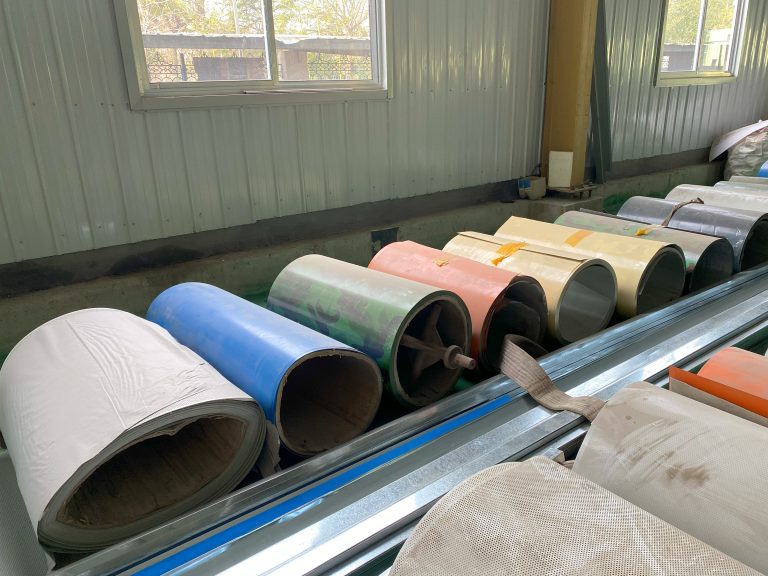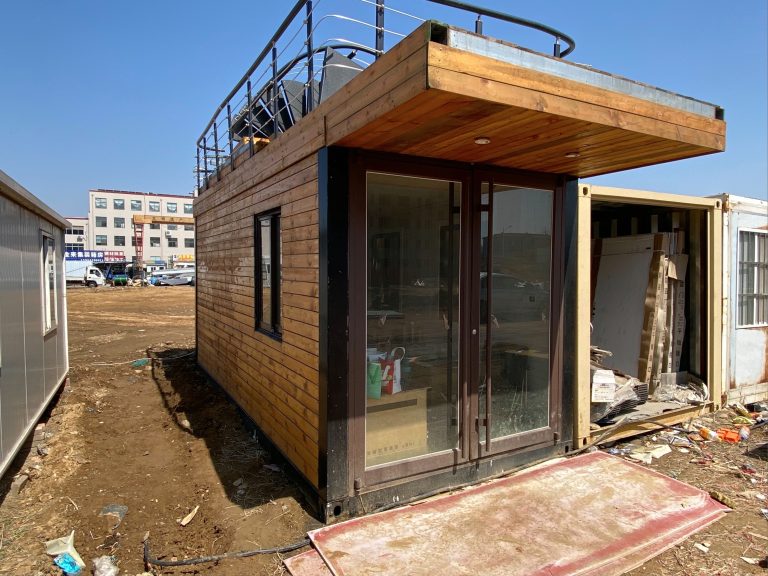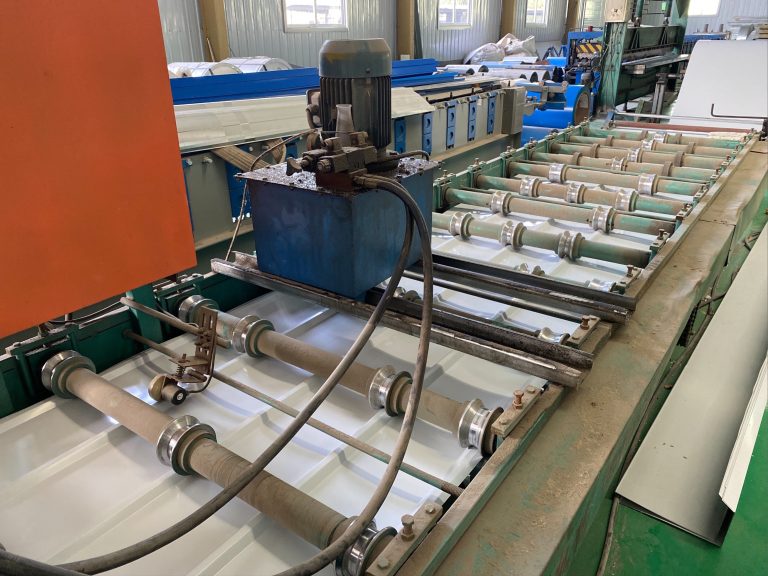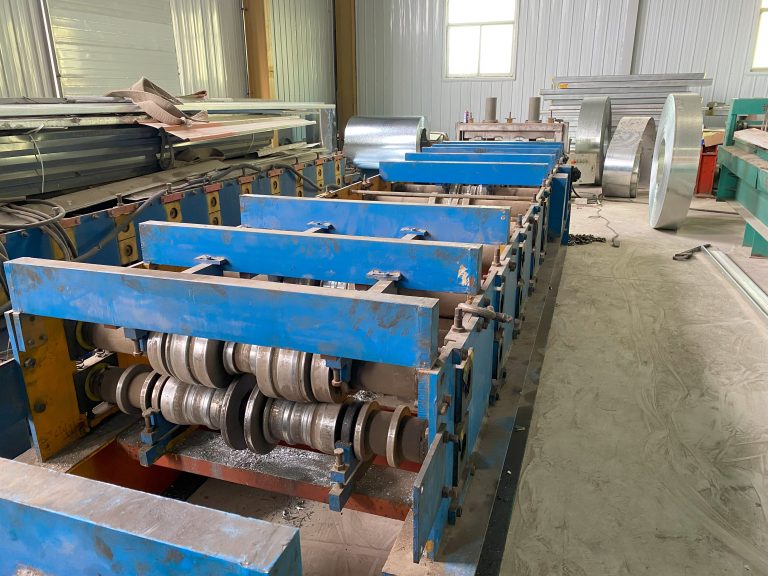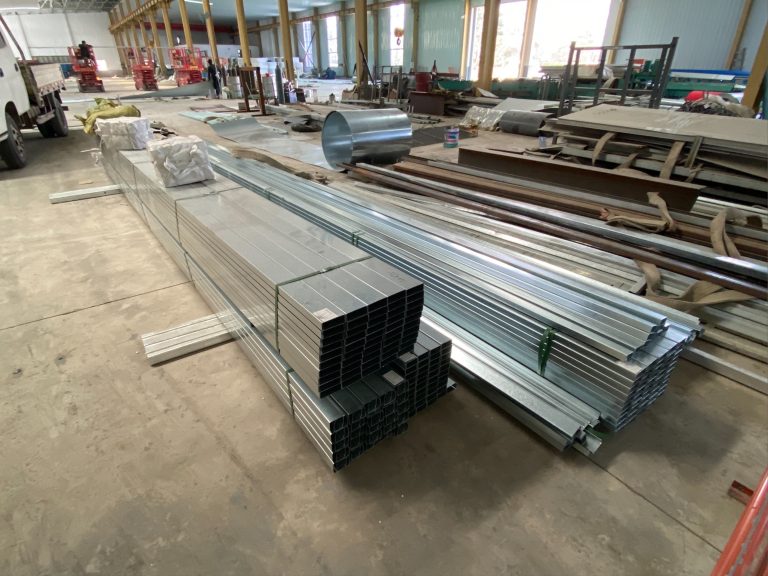Innovation of noise and vibration control technology in intelligent construction of steel structure
Table of Contents
Advancements in Noise Reduction Techniques for Steel Structure Construction
In recent years, the construction industry has seen significant advancements in noise and vibration control technology, particularly in the realm of steel structure construction. As the demand for more efficient and sustainable building practices continues to grow, so too does the need for innovative solutions to mitigate the negative impacts of construction noise and vibrations on both workers and surrounding communities.
One of the key challenges in steel structure construction is the high level of noise and vibrations generated during the assembly and installation process. These disturbances can not only be disruptive to nearby residents and businesses but can also pose a safety risk to workers on-site. In response to these challenges, engineers and researchers have been developing new technologies and techniques to minimize noise and vibrations in steel structure construction.
One of the most promising innovations in noise and vibration control technology is the use of advanced materials and construction methods. For example, the use of damping materials such as viscoelastic polymers can help to absorb and dissipate vibrations, reducing the overall noise level on a construction site. Additionally, the use of modular construction techniques can help to minimize the amount of on-site assembly required, further reducing noise and vibrations during the construction process.
Another key innovation in noise and vibration control technology is the development of intelligent monitoring systems. These systems use sensors and data analytics to continuously monitor noise and vibration levels on a construction site, allowing engineers to quickly identify and address any potential issues. By providing real-time feedback, these systems can help to ensure that noise and vibrations are kept within acceptable limits, minimizing disruptions to both workers and the surrounding community.
In addition to these technological advancements, there has also been a growing focus on the importance of proper planning and communication in noise and vibration control. By conducting thorough site assessments and developing comprehensive mitigation plans, construction companies can proactively address potential noise and vibration issues before they become a problem. Furthermore, open communication with local residents and businesses can help to build trust and ensure that any concerns are addressed in a timely and effective manner.
Overall, the innovation of noise and vibration control technology in intelligent construction of steel structures represents a significant step forward in the quest for more sustainable and efficient building practices. By leveraging advanced materials, construction methods, and monitoring systems, engineers and construction companies can minimize the negative impacts of noise and vibrations on both workers and the surrounding community. With continued research and development in this area, we can look forward to even more innovative solutions that will help to shape the future of steel structure construction for years to come.
Implementing Smart Vibration Control Systems in Steel Structure Buildings
In recent years, the construction industry has seen a significant shift towards the use of steel structures due to their durability, flexibility, and sustainability. However, one of the challenges that come with steel structures is the issue of noise and vibration control. Excessive noise and vibrations can not only be disruptive to occupants but can also lead to structural damage over time. To address this issue, innovative noise and vibration control technology has been developed to enhance the intelligent construction of steel structures.
One of the key advancements in noise and vibration control technology is the implementation of smart vibration control systems. These systems utilize sensors and actuators to monitor and adjust the vibrations in real-time, providing a more efficient and effective solution compared to traditional methods. By continuously monitoring the vibrations, these systems can detect any anomalies and make adjustments to mitigate the impact on the structure.
Furthermore, smart vibration control systems can be integrated with building management systems to provide a comprehensive solution for noise and vibration control. By connecting the vibration control system to the building’s overall management system, operators can have a centralized view of the building’s performance and make informed decisions to optimize the structure’s performance.
Another innovation in noise and vibration control technology is the use of advanced materials and damping techniques. By incorporating materials with high damping properties, such as viscoelastic polymers or tuned mass dampers, engineers can effectively reduce the transmission of vibrations through the structure. These materials can be strategically placed throughout the building to target specific areas where vibrations are most problematic, providing a tailored solution for noise and vibration control.
In addition to materials, innovative construction techniques have also been developed to enhance noise and vibration control in steel structures. For example, the use of modular construction methods can help reduce the overall impact of vibrations during the construction process. By prefabricating components off-site and assembling them on-site, construction activities can be minimized, resulting in fewer disturbances to occupants and reducing the potential for structural damage.
Furthermore, the integration of Building Information Modeling (BIM) technology has revolutionized the design and construction of steel structures. By creating a digital representation of the building, engineers can simulate and analyze the behavior of the structure under various conditions, including noise and vibration control. This allows for a more precise and efficient design process, ensuring that the building meets the required performance standards for noise and vibration control.
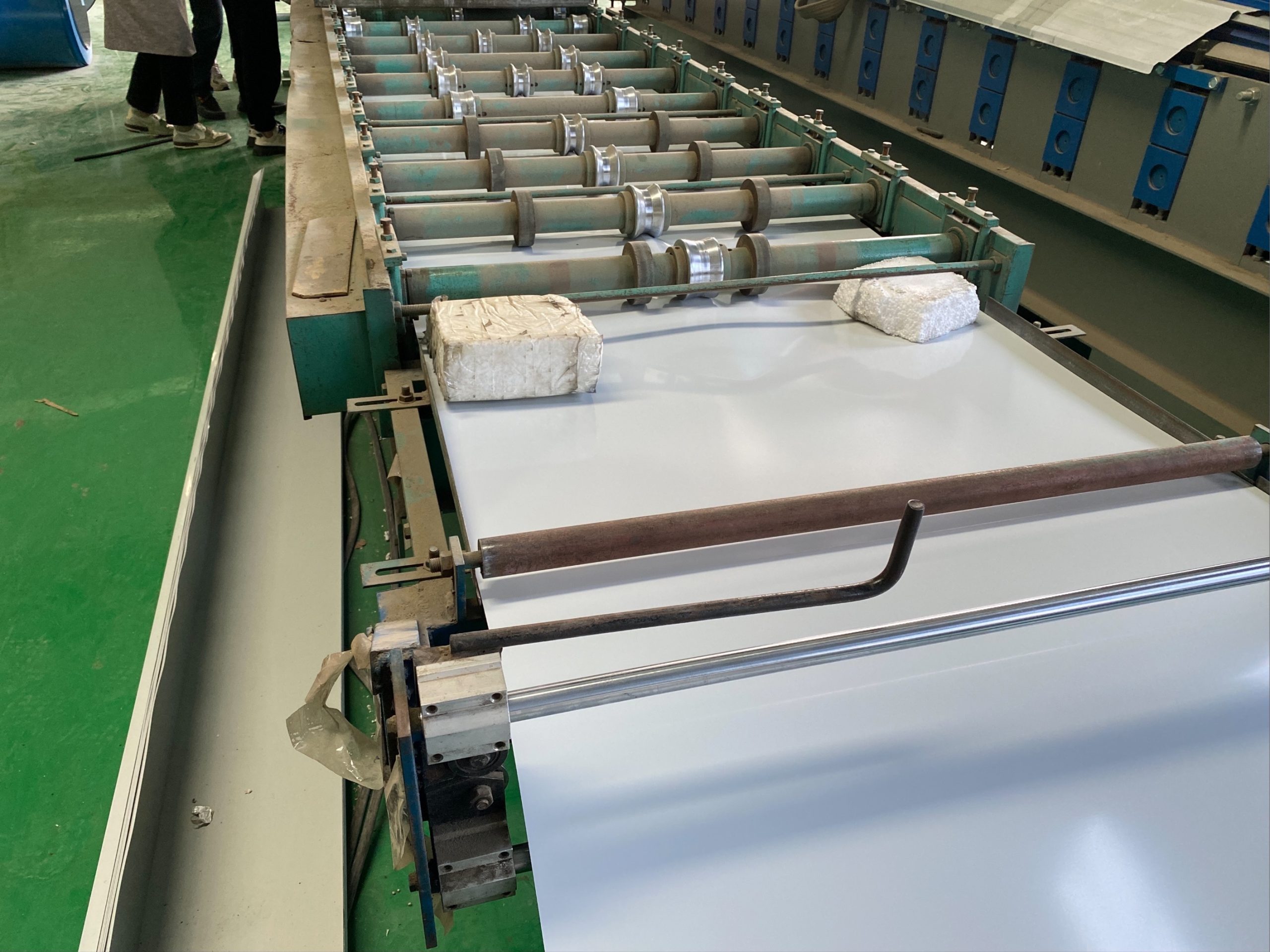
Overall, the innovation of noise and vibration control technology in the intelligent construction of steel structures has significantly improved the performance and sustainability of these buildings. By implementing smart vibration control systems, advanced materials, and construction techniques, engineers can effectively mitigate the impact of noise and vibrations on the structure, providing a more comfortable and safe environment for occupants. As the construction industry continues to evolve, it is essential to embrace these advancements in noise and vibration control technology to ensure the continued success of steel structures in the built environment.

